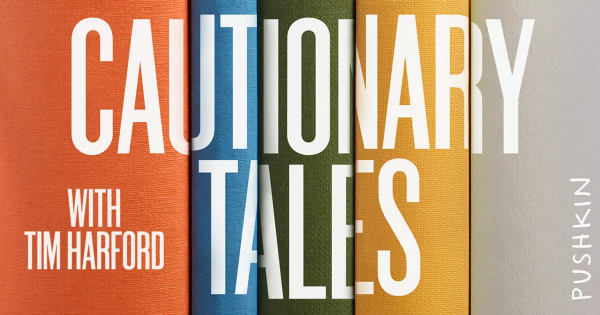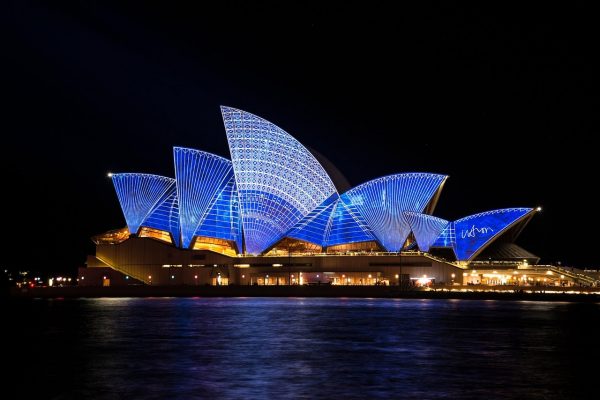The Sydney Opera House is one of the most iconic and distinctive buildings in the world — but it took a relative newcomer and architectural outsider to dream up. The making of this future world heritage landmark is a tale for the ages — a cautionary tale, for which we turn to Tim Harford, producer of the Cautionary Tales podcast.
The year is 1957. Jørn Utzon receives a phone call: he’s just won an international competition to design a brand new opera house for the Australian city of Sydney. Utzon is unknown in the field, so this is a triumph. But the young architect couldn’t have imagined what a bitter victory this would turn out to be.
More about Cautionary Tales: “We tell our children unsettling fairy tales to teach them valuable life lessons, but these cautionary tales are for the education of the grown-ups — and they are all true. Tim Harford (Financial Times, BBC, author of Messy and The Undercover Economist) brings you stories of awful human error, tragic catastrophes, daring heists and hilarious fiascos. They’ll delight you and scare you, but also make you wiser.”
Further reading
Two excellent histories of the Sydney Opera House are The House by Helen Pitt, which vividly covers the story from every angle, and The Saga of Sydney Opera House, by Peter Murray, which is particularly authoritative on the technical details and the relationship between Utzon and Arup. Other sources include Murray Sayle “In The Tart Shop” in The London Review of Books, 5 October 2000 and Geraldine Brooks “Unfinished Business” The New Yorker 17 October 2005 . John Pardey describes his meeting with Utzon in “Letters: Utzon’s Legacy” Arq Vol 13 2009. Bent Flyvbjerg and Dan Gardner cover both the Opera House and the Guggenheim Bilbao in their book How Big Things Get Done. Also see Flyvbjerg’s “Design by Deception: The Politics of Megaproject Approval” (June 2005). Harvard Design Magazine, Spring/Summer, no. 22, pp. 50-59).





Leave a Comment
Share